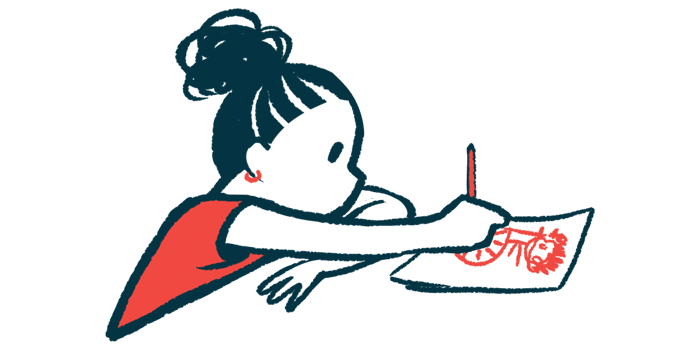Researchers Share Story of Patient Who Inspired Them

Researchers in Hong Kong have shared a case report about how they were inspired and humbled by a teenage girl with spinal muscular atrophy (SMA) who got through a difficult hospital stay while maintaining a hopeful spirit and never losing sight of her goals.
“Although the life of children with medical complexity might be perceived as challenging, it is the positive attitude and perseverance that help these children and family to live a life without boundaries,” the team wrote. “All staff involved in the care of this patient are only too honored and grateful for the profound life lessons learnt from our patient and her family.”
The report, “Spinal muscular atrophy: Surviving respiratory failure, intensive care and pursuing creatively fulfilled life,” was published in Pediatric Pulmonology.
The patient at the heart of the report is a teenager with SMA type 2. Like many with the condition, her mobility is limited, and she uses a wheelchair to get around. But that hasn’t stopped her from pursuing her ambitions of pursuing a creative artistic career. In the report, the researchers shared examples of poems that the patient has written, and digital art that she has drawn.
In her own words, the patient’s life goal is “Inspiring others’ lives with her own life story.”
The team described a time that she developed severe pneumonia, which ultimately led to her hospitalization in a pediatric intensive care unit. She required extensive support, including mechanical ventilation, to stay alive.
Through the whole ordeal, the patient was determined to do what she could to try to live the life she wants for herself. Unable to speak with the ventilator on, she was able to communicate with her care team by writing notes.
“Even if I were to survive by breathing through a hole bore into my neck and seeing the world with one single eye, I choose to live on,” she wrote.
Ultimately, with multidisciplinary care, the patient’s breathing ability recovered to the point that she could be taken off the ventilator, and she asked to be discharged from the hospital so she could resume her studies at school.
The SMA type 2 patient also performed daily chest physiotherapy, and measures of lung function eventually returned to similar values as before she had been hospitalized.
“With her diligent and dedicated self-discipline with home training the girl has achieved an improved pulmonary function,” the researchers wrote.
“She has remained ventilator-independent and has not needed noninvasive positive pressure ventilation after the episode of respiratory failure. She is wheelchair ambulatory and continues to pursue a creative artistic career,” they added.
“Full respiratory and intensive care support will be offered to honor wishes of the patient and her parents in case of interim and progressive respiratory deterioration,” the team concluded.








